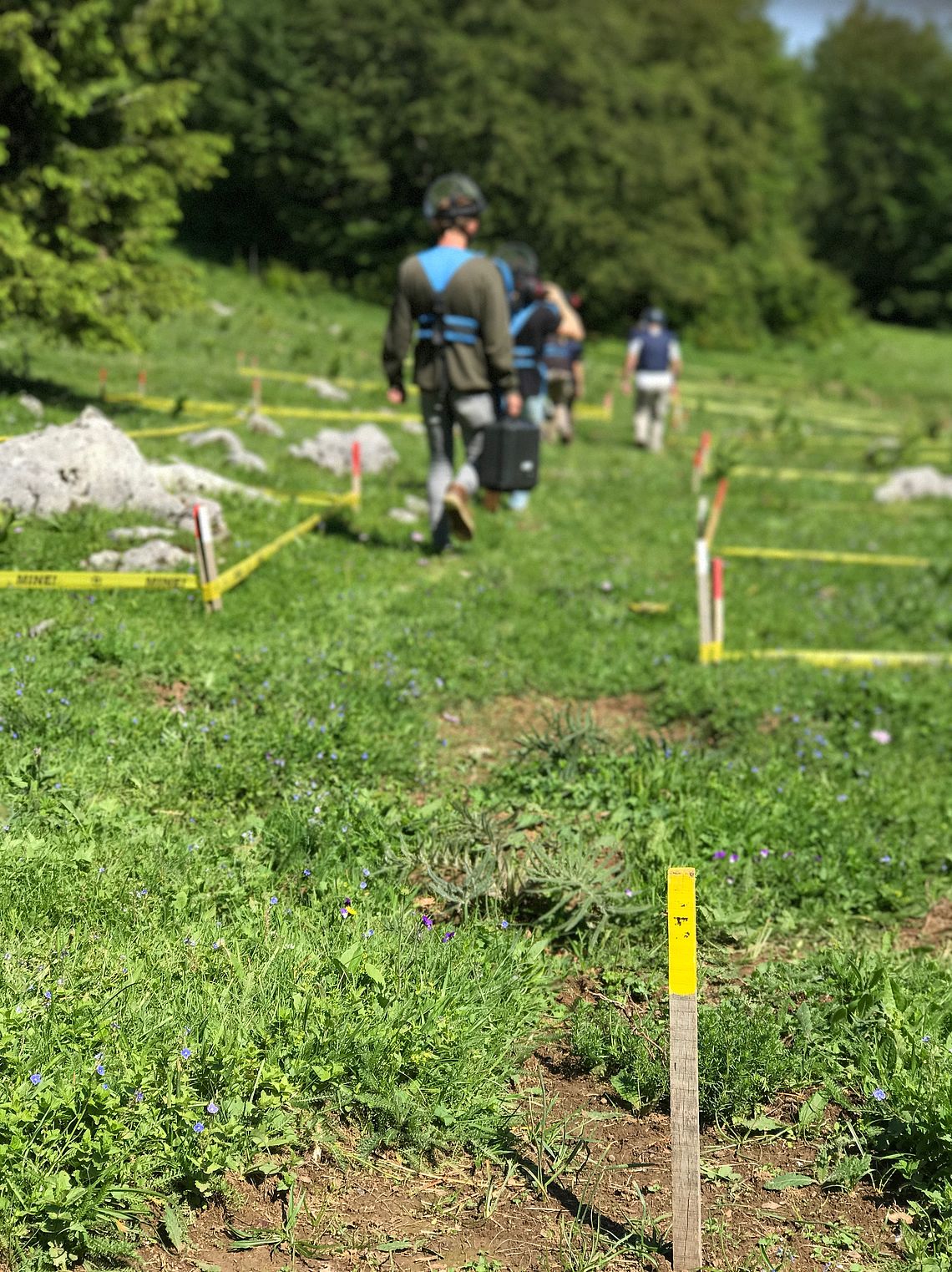
Landmines and other Explosive Remnants of War (ERW) make land and other natural resources inaccessible and cause overexploitation of those available, which leads also to soil degradation. Moreover, they adversely affect biodiversity through unplanned explosions or leaks of chemical substances into soil and water.
Despite their positive impact, mine action operations can also have unintended adverse consequences on the environment and some have been subject to environmental enquiry, as is the case for mechanical flails and tillers. To ensure that environmental considerations are taken into account, it is important they are mainstreamed within the mine action sector and in particular in how programmes are planned and implemented. This is relevant not only for programmes’ effectiveness and efficiency, but also to ensure they are consistent with the Sustainable Development Goals (SDG).
The GICHD has conducted research and facilitated the dialogue on environment issues within the mine action community. In addition, it has developed the International Mine Action Standard (IMAS) 07.13 that deals specifically with environmental management. Environmental concerns will continue to be addressed by the GICHD in the framework of its strategy 2019-2022.
Publications
Climate Resilience Priority-Setting in Mine Action – Methodology Guide
Summary poster
The purpose of the Climate Resilience Priority-Setting in Mine Action – Methodology Guide is to support national mine action authorities and national mine action centres in incorporating climate resilience...
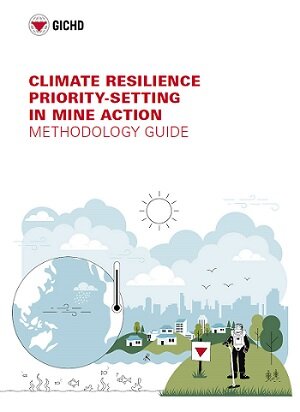
- Available in English
Underwater Explosive Ordnance
This publication offers an overview of international underwater explosive ordnance (EO) contamination, highlighting its impact, current management strategies and key challenges. Through literature review, data-driven analysis, and...
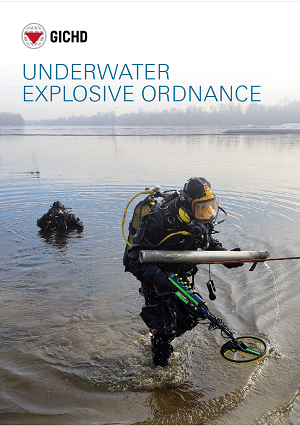
- Available in English
Mine Action and the Resilience of Communities to Climate Change
Climate resilience – the ability or capacities of populations to cope with and respond to climate change-related hazards – has gained increased attention in recent years, including in the mine action sector. Why? 60 per cent of...
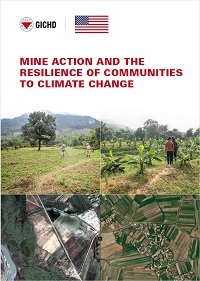
- Available in English
Guide to the Ageing of Explosive Ordnance in the Environment
The GICHD Guide to Ageing of Explosive Ordnance in the Environment seeks to provide a summary of what is known to date on this subject. Building on research conducted by partners in the sector over recent decades, this guide is...

- Available in English
GUIDE TO EXPLOSIVE ORDNANCE POLLUTION OF THE ENVIRONMENT
Mine action survey and clearance operations have always focused on the contamination that can be seen. Whether it is anti-personnel (AP) mines, anti-vehicles (AV) mines, or explosive remnants of war (ERW), our efforts focus on...
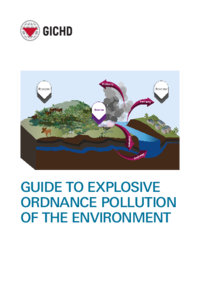
- Available in English
UNISDR Scientific and Technical Advisory Group Case Studies 2015 | The use of Geographic Information Systems for environmental impact assessments in Mine Action
The 'do no harm' approach to mine action requires that mine action organisations consider the possible negative impacts of mine clearance operations. They must ensure they do not lead to longer-term vulnerability or threaten...
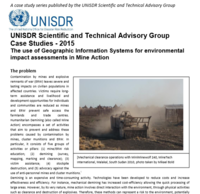
- Available in English
Do no harm in mine action | Why the environment matters
Explosive remnants of war negatively impact the environment and some clearance methods used by mine action organizations can potentially lead to environmental degradation. Mine action organizations need to consider the negative...
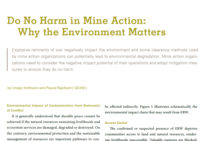
- Available in
Environmental risks of remnants of conflict: How to 'do no harm' in mine action
One of the core objectives of mine action is the safe removal and destruction of the remnants of conflict in order to make land safe and accessible, thereby contributing to sustainable development. However, the methods used by...
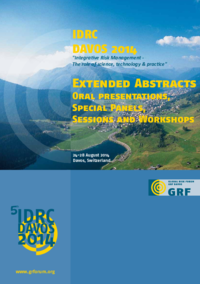
- Available in English
'Do no harm' and mine action: Protecting the environment while removing the remnants of conflict
In times of armed conflict, the environment might be targeted deliberately to reach military or political goals. However, most of the environmental damage resulting directly or indirectly from armed conflict can be understood as...

- Available in English
GICHD Geomine Demonstration Test 15 January 2014
In 2013, the Geneva International Centre for Humanitarian Demining (GICHD) participated as the lead observer in the Geomine demonstration test in Wittstock, Germany.
The technology demonstrated focuses on reducing suspect...

- Available in English
Peace Mediation
Mine action addresses conflicts’ consequence by removing risks form explosive ordnance, but it can also help addressing causes of such conflicts by supporting efforts to reach ceasefire and peace agreements...
Security Sector Reform
It is important that advice is not only based on IMAS, but also on guidance and expertise from the security sector reform, which applies the principles of good governance to the broader security sector...
Explosive Weapons in Populated Areas
The GICHD has established a research project to characterise explosive weapons and their immediate, destructive effects on humans and structures...
Sustainable Development Goals (SDGs)
It is pivotal for the mine action sector to understand how its activities can accelerate progress across the SDGs and how they can be more coherently mainstreamed into national sustainable development efforts...
